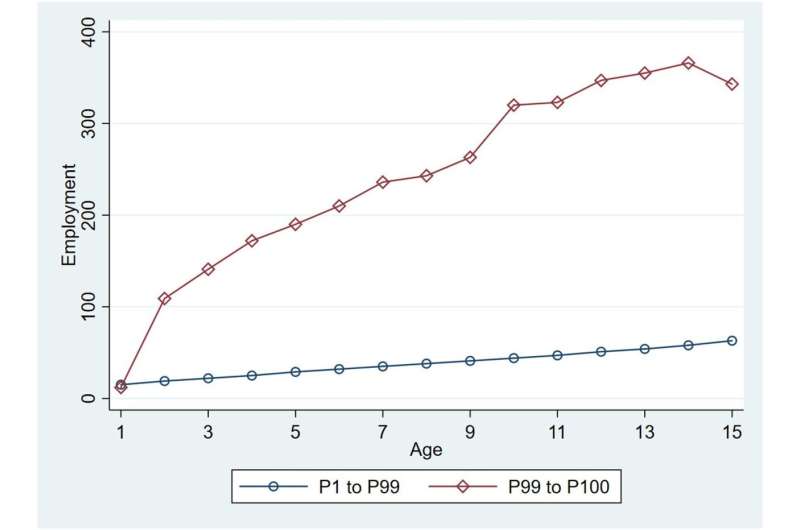Do IPO firms become myopic?

Many analysts of financial markets are concerned that financial markets provide managers with economically harmful incentives. The rationale: Public firms have dispersed ownership, which in turn, leads to short-term pressures to misalign investment and growth incentives.
But on the contrary, "going public does not cause firms to underinvest compared to private firms," according to researchers from the University of Maryland's Robert H. Smith School of Business and Dartmouth's Tuck School of Business in the article "Do IPO Firms Become Myopic?" recently published by Review of Finance.
The work sheds light on a "debate in academia and policy circles on whether public firms' managers take short-term decisions because they are motivated more by looking good to the stock market than actually creating value for investors for the long run," says author and finance professor Vojislav (Max) Maksimovic at UMD Smith. "This is sometimes termed 'market myopia' or 'short-termism,' and contrary to previous work asserting 'public firms do worse because of market myopia,' we show that markets do not have this harmful effect."
Moreover, "after firms go public, or have their Initial Public Offering (IPO), firms respond more to investment opportunities and have higher productivity in their early public years," he concludes with coauthors: Smith School colleague Liu Yang and the Tuck school's Gordon Phillips.
Life stage a better metric than size in the public-private comparison
Previous research has compared public firms with similarly sized private companies to conclude these "matched" private firms do a better job. "But this comparison is tricky," says Maksimovic.
Co-author Yang elaborates: "All firms start private, but the best firms tend to go public and grow faster than firms that stay private. As a result, previous researchers, who match firms on size and tend to compare mature firms, have tended to end up comparing the most successful private firms with the least successful public firms (they can't find matches for the most successful public firms because they are too big). This apples-to-oranges comparison makes the public firms in their tests look bad."
Alternatively, Maksimovic, Phillips and Yang matched firms—in a dataset of 892,000 public and private manufacturing companies—before size disparities became severe. They then followed the firms for 10 or 15 years. "This is an apples-to-apples comparison," Yang says. "When we do this, there is no evidence of 'market myopia'—that public firms' managers make worse decisions."
The authors further write, "newly public firms grow faster and are more responsive to positive growth shocks than their matched private counterparts for the first five years post-IPO." It's during this interval, they add, "public firms become much larger in size than their always-private counterparts."
The authors further note greater access to financial resources—significantly in financially dependent industries—is an apparent factor here. "Using IPO price adjustments after initial filings due to price changes in the NASDAQ market, we show that positive exogenous cash shocks to newly public firms have a small, moderately significant positive impact on sensitivity to growth opportunities that persists for four years after the IPO." Thus, while shocks are helpful to firms that go public when market prices are high, these market movements don't alter the main results.
Any subsequent market exits, via acquisition, by those matched private firms do not affect the study's findings. The authors say, "our results on public firms' sensitivity to growth opportunities hold both when we consider firms' total growth including acquisitions, and when we measure only the growth of firms' original establishments."
More information: Vojislav Maksimovic, Gordon Phillips, Liu Yang, Do IPO Firms Become Myopic? Review of Finance (2022). DOI: 10.1093/rof/rfac054. academic.oup.com/rof/advance-a … /rof/rfac054/6663770
Provided by University of Maryland





















